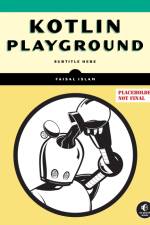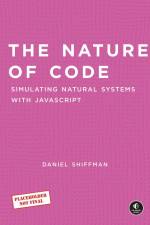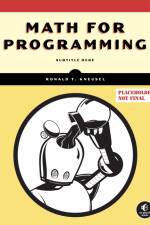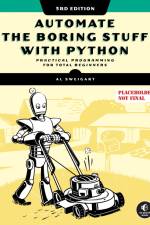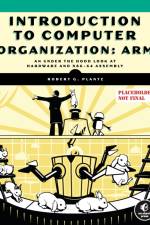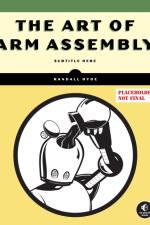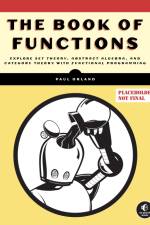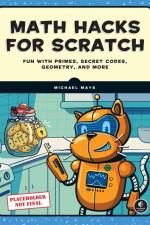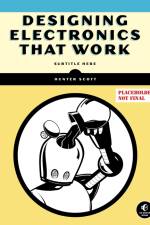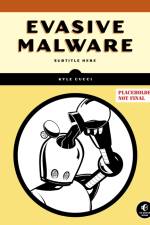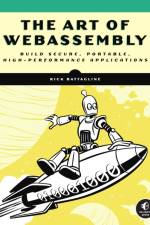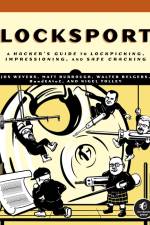av Jos Weyers
621
A comprehensive, fully illustrated guide to the fascinating sport of picking locks, Locksport is authored by five of the field’s foremost champions. Together, they’ll show you how to ethically, efficiently, and effectively bypass anything—from simple locks and safe dials to deadlocks and vaults.Welcome to the world of locksport, the sport of defeating locks. Whether you’re new to the challenge of lockpicking or aiming for championship gold, this book serves as your definitive guide, packed with practical advice from a team of experts.DIVE INTO THE ESSENTIALS WITH LOCKSPORT FOUNDATIONSHow various locks work and how to maintain and disassemble practice locks What makes some locks more secure than othersThe laws, competitions, and communities that make up the world of locksportMASTER YOUR CRAFT WITH HANDS-ON TECHNIQUESHow to pick pin tumblers and lever locks, make impressions or craft a working key from a blank, and manipulate open combination safe locks How to work with picks, rakes, tension wrenches, files, magnification tools, safe-lock graphs, and depth-measuring instrumentsThe intricacies of security pins, wards, dimple locks, keyways, and antique locksGAIN THE COMPETITIVE EDGE WITH COMPETITION INSIGHTSThe ins and outs of competition setup and tools and how to host your own competitions Expert strategies for managing your nerves and gathering lock intelWhat it’s like to participate in timed head-to-head competitions, PicTacToe™, escape challenges, and other lockpicking contestsFrom mastering your first padlock to conquering a competition, Locksport will show you how to take your skills to the next level—and have endless fun doing it.

